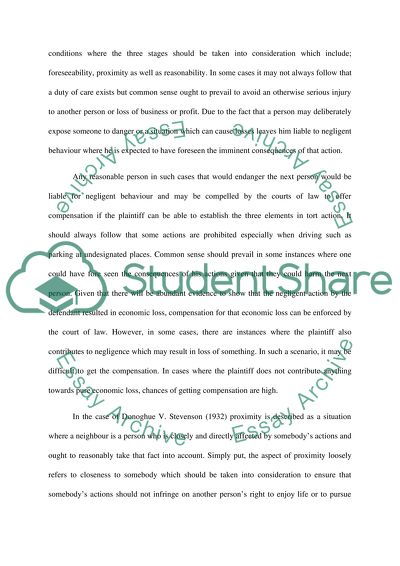Cite this document
(Tort Law in the English Legal System Essay Example | Topics and Well Written Essays - 2002 words, n.d.)
Tort Law in the English Legal System Essay Example | Topics and Well Written Essays - 2002 words. Retrieved from https://studentshare.org/law/1568012-law-of-torts
Tort Law in the English Legal System Essay Example | Topics and Well Written Essays - 2002 words. Retrieved from https://studentshare.org/law/1568012-law-of-torts
(Tort Law in the English Legal System Essay Example | Topics and Well Written Essays - 2002 Words)
Tort Law in the English Legal System Essay Example | Topics and Well Written Essays - 2002 Words. https://studentshare.org/law/1568012-law-of-torts.
Tort Law in the English Legal System Essay Example | Topics and Well Written Essays - 2002 Words. https://studentshare.org/law/1568012-law-of-torts.
“Tort Law in the English Legal System Essay Example | Topics and Well Written Essays - 2002 Words”, n.d. https://studentshare.org/law/1568012-law-of-torts.


